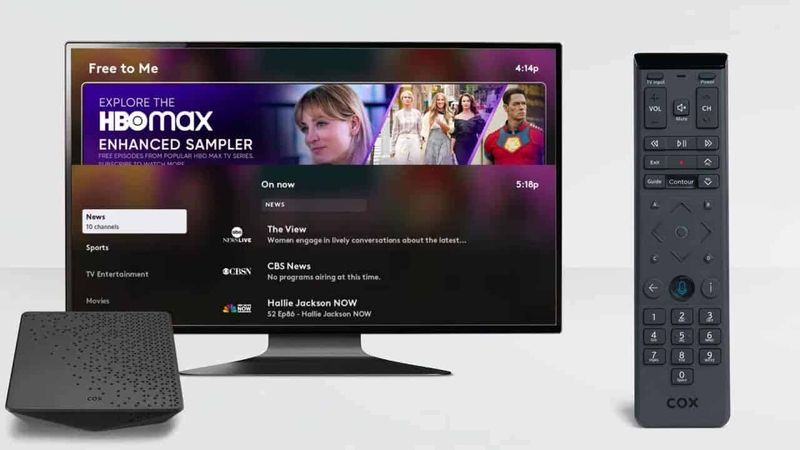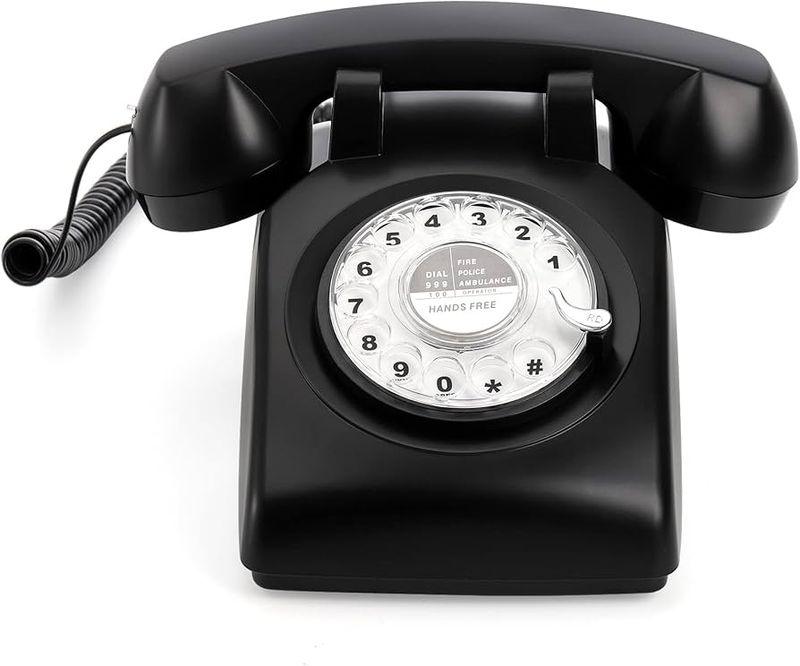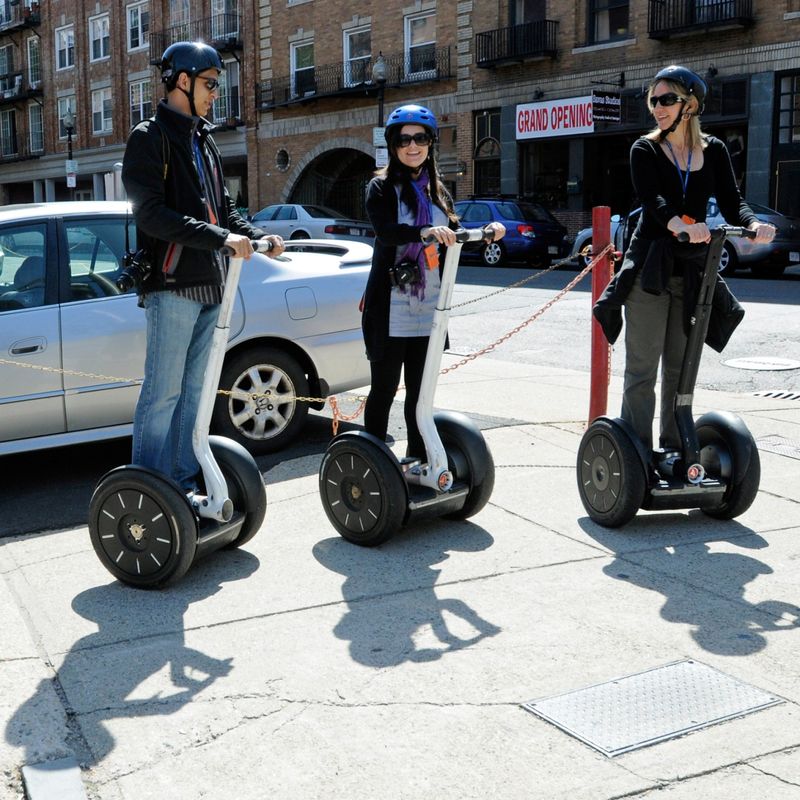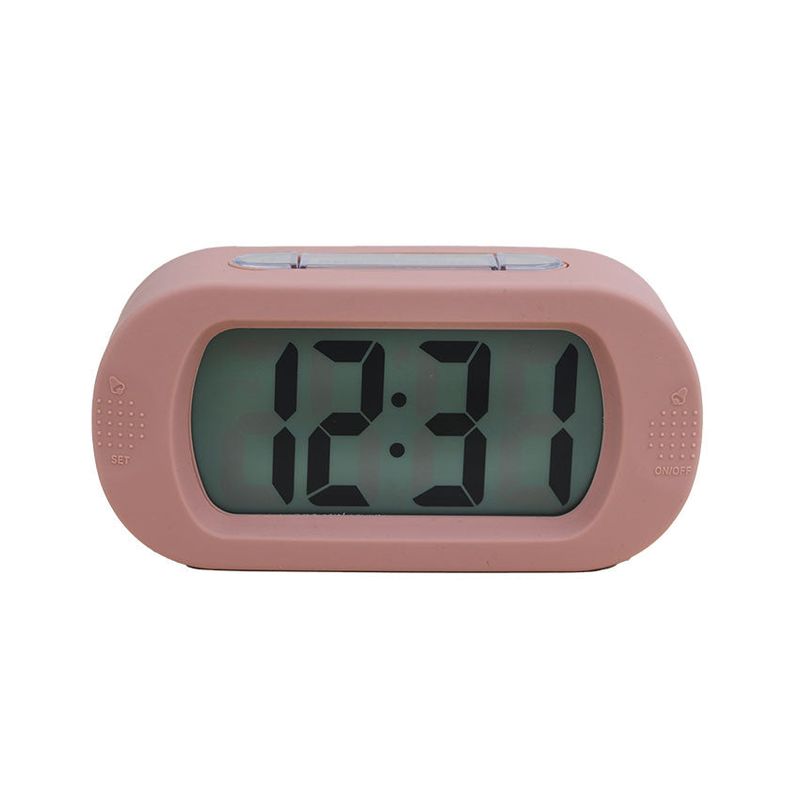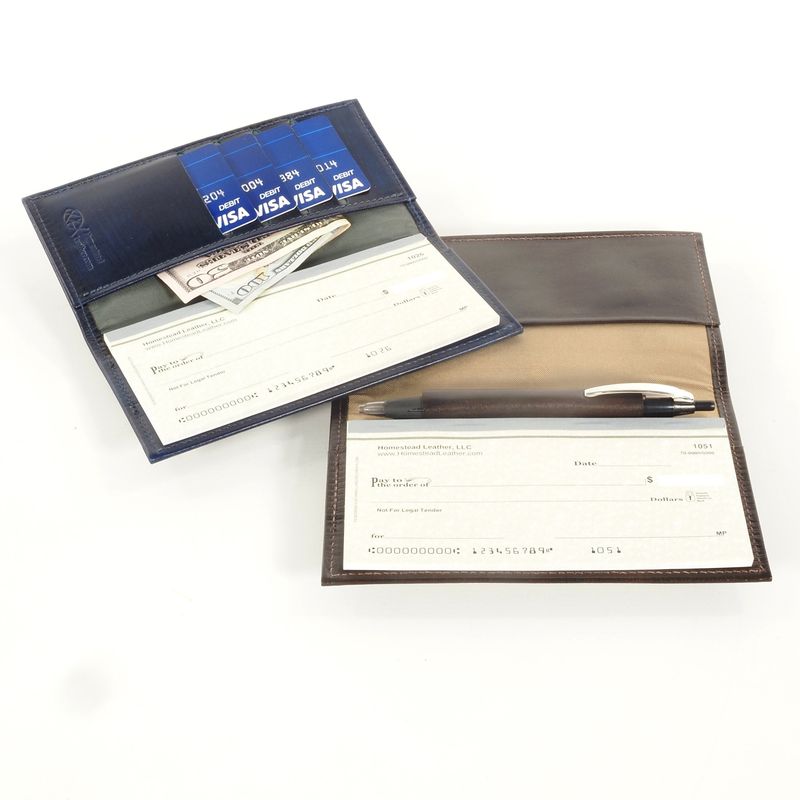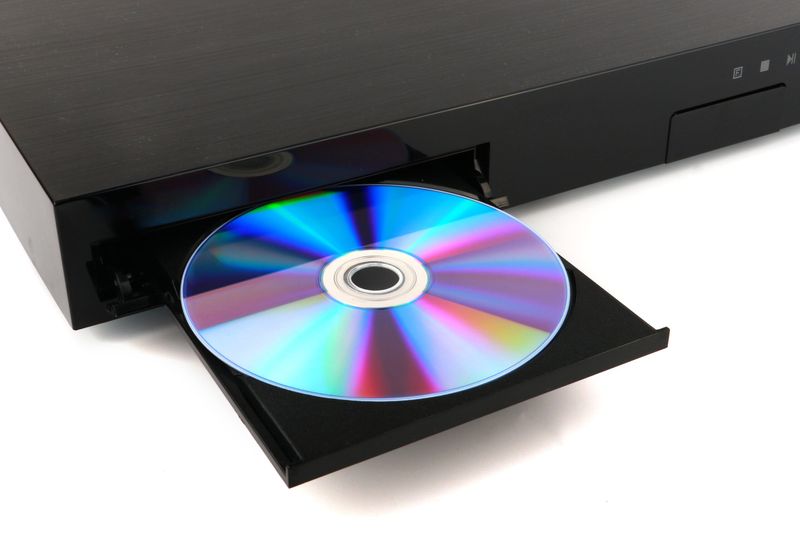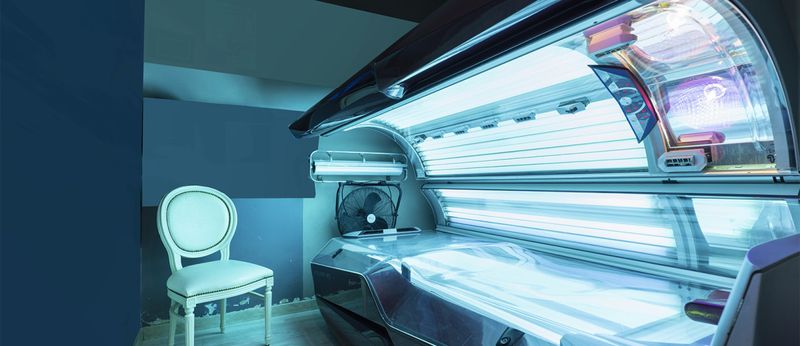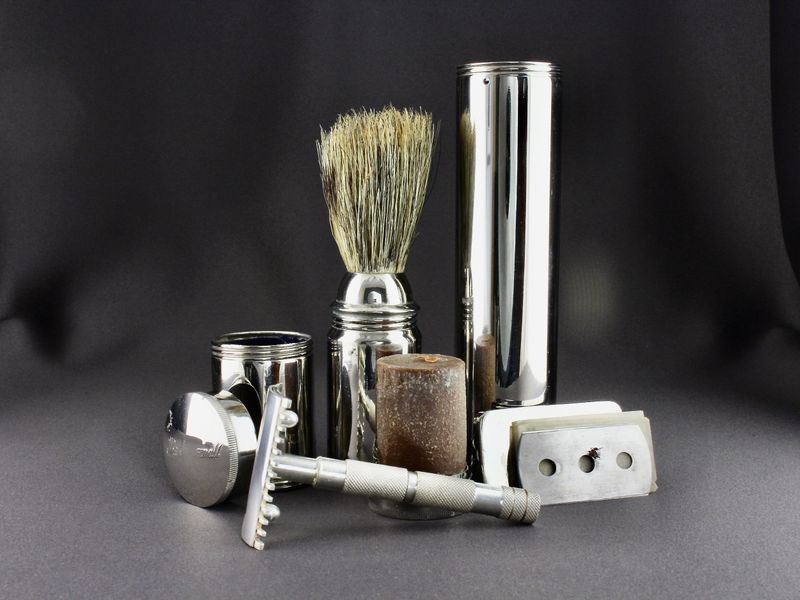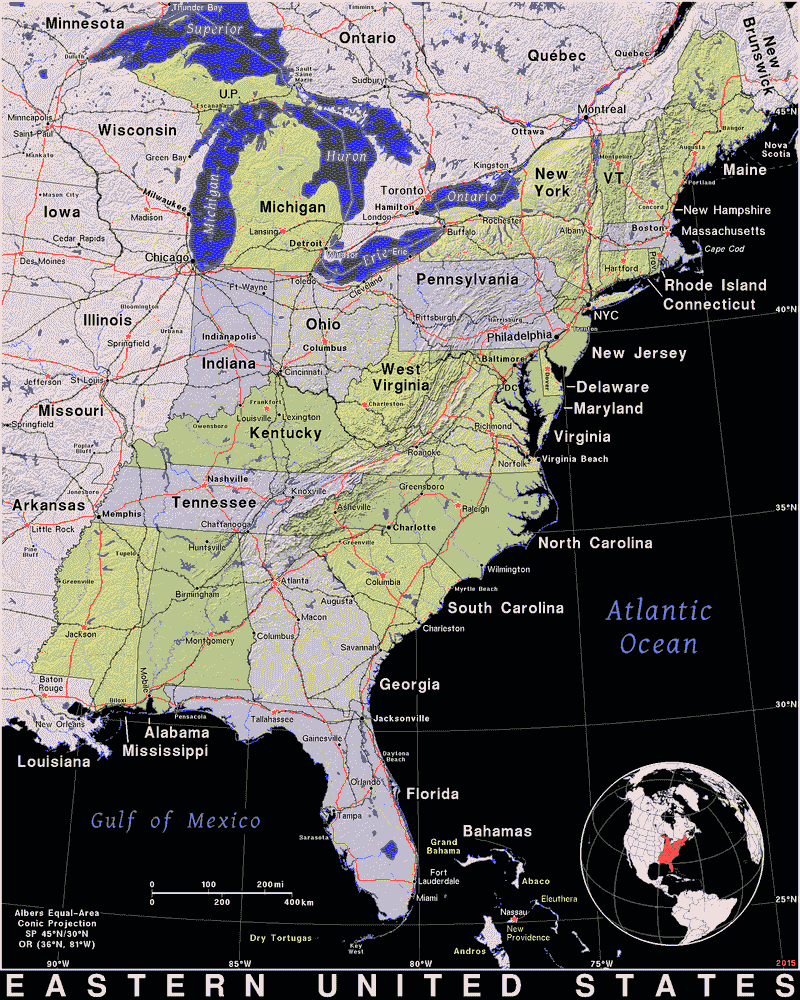In recent years, consumer habits have shifted dramatically, influenced largely by the younger generation known as Gen Z.
This group has unique preferences that are steering the market away from traditional products that older generations once cherished.
The following is a comprehensive list of 23 products that are slowly disappearing as they no longer resonate with Gen Z’s values and lifestyle choices.
1. Cable TV
Cable TV, once the king of home entertainment, is slowly fading into obscurity. Gen Z prefers streaming services, offering on-demand content over cable’s rigid programming schedules.
The convenience of watching favorite shows anywhere, anytime, with no commercials, is an offer cable can’t compete with. Additionally, the cost-effectiveness of streaming services makes them more appealing to a budget-conscious generation.
Fun Fact: The first cable television system was developed in 1948 to enhance poor reception of over-the-air broadcasts.
2. Landline Phones
Landline phones, historic symbols of communication, now sit in the shadow of mobile technology. Gen Z, born into a world of smartphones, sees little need for these relics.
Cell phones provide flexibility, mobility, and a multitude of features landlines can’t match. The intricate wiring and immobility of traditional phones seem impractical to those who value convenience and modern design.
Interestingly, the first landline was introduced in 1876, marking the beginning of voice communication evolution.
3. Canned Tuna
Canned tuna, a pantry staple for many, doesn’t entice the palate of Gen Z. Concerns over sustainability and mercury content have turned younger consumers away from this classic.
Fresh and ethically sourced seafood options are taking precedence, aligning with Gen Z’s eco-conscious values. Additionally, the convenience of ready-to-eat fresh meals reduces the need for canned alternatives.
Did you know? The first canned tuna was sold in 1903, and it quickly became a popular source of protein during World War II.
4. Fabric Softener
Fabric softener, once a laundry room essential, is quietly being phased out. Gen Z favors efficiency and minimalism, finding additional laundry products cumbersome and unnecessary.
Concerns over chemical residues and potential allergens also deter younger consumers. Many opt for natural alternatives like vinegar or dryer balls, seen as more health-conscious and environmentally friendly.
Interestingly, fabric softeners gained popularity in the 1960s as washing machines became household staples, promising softer, fresher clothes.
5. Bar Soap
Bar soap, once a staple in every household, finds itself collecting dust on the shelves. With Gen Z’s focus on hygiene and environmental sustainability, liquid soaps and body washes, often perceived as more sanitary, have taken the lead.
The tactile, raw feel of bar soap doesn’t appeal to the younger crowd, who often associate it with older generations. Moreover, the push towards eco-friendly products has not favored traditional bar soap packaging, usually wrapped in plastic.
Did you know? Soap bars have been around since 2800 BC, first created by the Babylonians.
6. Department Store Makeup Counters
Department store makeup counters, once bustling with activity, now struggle to attract Gen Z. The rise of online shopping and personalized beauty apps offers convenience and customization this generation craves.
Moreover, the wide variety of indie and sustainable beauty brands available online appeals more to their ethical consumerism. Department stores’ traditional, impersonal shopping experience pales in comparison.
Fun fact: The first recorded department store opened in 1838 in London, forever changing the retail experience.
7. Business Suits
Business suits, once the uniform of professionalism, are becoming relics of the past. Gen Z embraces casual workwear, valuing comfort over formality in today’s evolving workspaces.
The rise of remote work has further diminished the need for formal attire, making jeans and t-shirts the new norm. The rigid structure of a suit doesn’t align with the flexible, dynamic lifestyles of younger professionals.
Did you know? The modern business suit was popularized in the 19th century by Beau Brummell, a style icon of his time.
8. Ironing Boards
Ironing boards, once a household necessity, now gather dust in closets. Gen Z, prioritizing convenience and time-saving solutions, often opts for wrinkle-free fabrics and portable steamers.
The chore of ironing is viewed as outdated, with many preferring low-maintenance clothing that doesn’t require traditional pressing. This shift reflects a broader move towards simplicity and efficiency in daily routines.
Interestingly, the first ironing board patent was filed in 1858, revolutionizing home garment care.
9. Golf
Golf, once considered a prestigious pastime, struggles to attract Gen Z’s interest. This generation values dynamic, fast-paced activities that offer instant gratification.
The perception of golf as time-consuming and exclusive doesn’t resonate with those seeking inclusivity and excitement. As a result, more accessible and engaging sports are favored by younger audiences.
Did you know? The modern game of golf originated in 15th-century Scotland, where it became a favorite of the ruling class.
10. Diamonds
Diamonds, once a symbol of eternal love, face waning appeal among Gen Z. This generation questions traditional values, seeking unique expressions of commitment.
Ethical concerns and a preference for sustainable, personal choices have led to a decline in diamond purchases. Alternatives like moissanite, lab-grown gems, and vintage pieces are gaining popularity.
Interestingly, the diamond engagement ring tradition wasn’t popularized until the 1930s by a marketing campaign urging couples to choose “a diamond is forever.”
11. Napkins (paper)
Paper napkins, once a dining table staple, are losing their place in modern homes. Gen Z, focused on sustainability, prefers reusable cloth alternatives that reduce waste.
The convenience of paper is overshadowed by environmental concerns, prompting a shift towards greener options. This change reflects a broader commitment to eco-friendly practices among younger consumers.
Fun Fact: Paper napkins were first introduced in the late 1800s as a convenient dining accessory, but their popularity is waning fast today.
12. Processed Cheese Slices
Processed cheese slices, once a lunchbox favorite, no longer capture Gen Z’s taste buds. Concerns over artificial ingredients and a growing preference for natural, wholesome foods drive this shift.
Authentic flavors and artisanal cheeses are favored by those who value quality and culinary experiences. The convenience of pre-packaged slices can’t compete with the richness of real cheese.
Did you know? The first processed cheese was invented in Switzerland in 1911, originally designed to increase cheese shelf life.
13. Segways
Segways, once hailed as revolutionary personal transporters, have lost their appeal. Gen Z, with a penchant for sleek and efficient mobility, prefers e-scooters and bicycles.
The bulky nature and high price point of Segways make them less attractive to a budget-conscious generation. Modern alternatives offer better portability and ease of use in urban environments.
Interestingly, Segways were introduced in 2001, envisioned as the future of personal transportation, but they never lived up to the hype.
14. Desktop Computers
Desktop computers, once the pinnacle of home technology, are losing their spot to portable devices. Gen Z, always on the go, prefers laptops, tablets, and smartphones for their flexibility.
The stationary and bulky nature of desktops doesn’t align with a generation that values mobility and multi-functionality. As a result, desktops are often relegated to niche professional use.
Did you know? The first desktop computer was introduced in 1975, marking a revolutionary leap in personal computing.
15. Formal China Dishware
Formal china dishware, once a sign of elegance, rarely sees the light of day in Gen Z’s homes. This generation values practicality and multifunctionality over tradition.
The delicate nature of china doesn’t fit the fast-paced, casual dining experiences favored today. Many opt for more durable, versatile options that suit everyday use and modern tastes.
Interestingly, the first porcelain, known as china, was developed in ancient China during the Tang dynasty, valued for its beauty and strength.
16. Alarm Clocks
Alarm clocks, once the guardians of punctuality, now collect dust as smartphones take over. Gen Z, ever-connected to technology, relies on multifunctional devices to wake up.
The simplicity of an alarm clock can’t compete with the diverse capabilities of a smartphone. With apps that offer personalized waking experiences, traditional clocks seem obsolete.
Did you know? The first mechanical alarm clock was invented in 1787, a significant innovation for timekeeping.
17. Checkbooks
Checkbooks, once essential for transactions, are disappearing in a digital world. Gen Z, accustomed to instant payments via apps, sees little use for paper checks.
The convenience and speed of electronic transactions appeal to a generation that values efficiency and environmental consciousness. As a result, checkbooks are becoming relics of financial history.
Interestingly, the first known checkbook dates back to the 11th century, used by Persian merchants to avoid carrying cash.
18. DVD/Blu-ray Players
DVD/Blu-ray players, once the cornerstone of home entertainment, are phasing out. Gen Z, captivated by streaming services, finds physical media less appealing.
The convenience of on-demand content and the ability to watch anywhere, anytime, outshines the traditional DVD experience. As digital libraries expand, physical discs become obsolete.
Did you know? The first DVD player was released in Japan in 1996, revolutionizing how movies were watched at home.
19. Tanning Beds
Tanning beds, once popular for achieving year-round bronze skin, are losing favor. Gen Z, aware of health risks, prefers safer alternatives like sprays and lotions.
The association with skin damage and cancer deters younger consumers who prioritize health and well-being. Modern beauty standards also embrace natural skin tones more than ever.
Interestingly, the first tanning beds were introduced in the 1970s, initially marketed as a health benefit to increase vitamin D exposure.
20. Signature Cursive Writing
Signature cursive writing, once a hallmark of education, is being forgotten. Gen Z, immersed in digital communication, rarely uses this elegant form.
Typing and texting take precedence, with many schools phasing out cursive from curricula. As a result, the flowery script is becoming a lost art among younger generations.
Did you know? Cursive writing was developed in the 17th century to streamline the act of writing with ink pens.
21. Razors (traditional)
Traditional razors, once essential for a clean shave, face diminishing returns. Gen Z, with a preference for convenience, often opts for electric shavers or depilatory creams.
The time and skill required for a traditional shave don’t align with a fast-paced lifestyle. As grooming routines evolve, classic razors are left behind.
Interestingly, the first safety razor was patented in 1901, marking a significant advancement in personal grooming.
22. Cigarettes
Cigarettes, once glamorized, now face rejection from health-conscious Gen Z. This generation, informed about the risks, prefers vaping or abstaining altogether.
The cultural shift towards wellness and clean living sees smoking as an unsavory relic. Tobacco companies face challenges in appealing to a demographic that values health over habits.
Did you know? The first commercial cigarettes were produced in 1865, and they quickly became a social staple in the 20th century.
23. Physical Maps & Atlases
Physical maps, once essential for travel, are now overshadowed by digital navigation. Gen Z, reliant on smartphones and GPS, rarely sees the need for paper guides.
The immediacy and accuracy of digital maps make physical ones seem cumbersome and outdated. As technology advances, traditional atlases become collector items rather than practical tools.
Interestingly, the first known map dates back to 16,500 BC, illustrating humankind’s long-standing quest to navigate the world.

